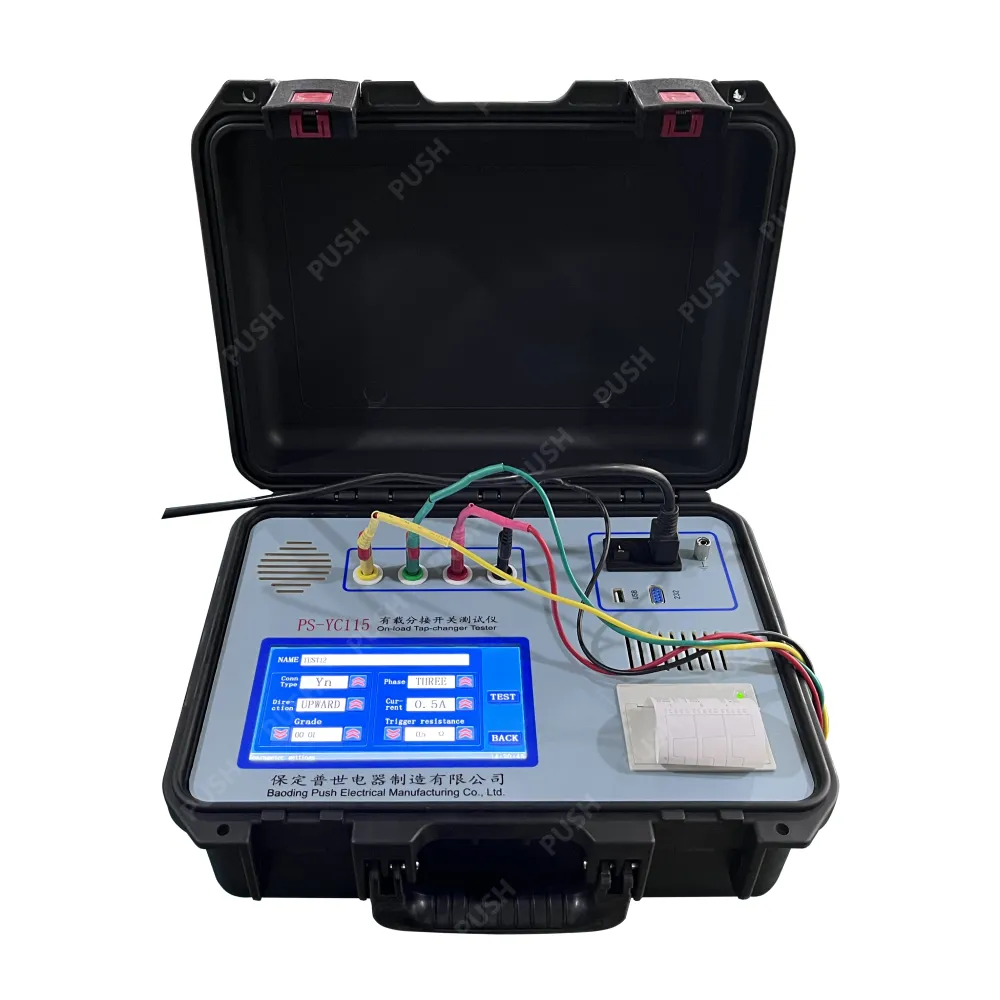 English
English


Effects of Winding Resistance on Transformer Performance and Efficiency Analysis
Understanding Transformers with Winding Resistance
Transformers are essential components in electrical systems, primarily used to step up or step down voltage levels in power transmission and distribution
. While their basic operation relies on electromagnetic induction, various practical aspects can influence their efficiency and performance. One of the key considerations in transformer design and operation is winding resistance.Winding resistance refers to the resistance encountered by the current flowing through the copper or aluminum windings of the transformer. This resistance arises due to the physical properties of the winding materials and contributes to energy losses in the form of heat. These losses are typically referred to as copper losses, which can significantly affect the overall efficiency of the transformer.
In an ideal transformer, there would be no resistance, and therefore no energy loss. However, real transformers exhibit some level of winding resistance, which becomes particularly important in high-current applications. The resistance affects how much power is lost during the conversion of energy from one voltage level to another. The formula for calculating the power loss due to winding resistance is given by P_loss = I²R, where P_loss is the power loss, I is the current flowing through the winding, and R is the winding resistance.
transformer with winding resistance

Winding resistance has a direct impact on the temperature rise of the transformer. As the winding heats up due to losses, it can lead to insulation degradation, potentially shortening the lifespan of the transformer. Therefore, managing and minimizing winding resistance is crucial for maintaining efficiency and ensuring reliability.
Several factors influence winding resistance, including the gauge of the wire used, the length of the windings, and the temperature of operation. Thicker wire reduces resistance, making it a common choice in higher-rated transformers. In addition, winding techniques and materials also play a role; for instance, using multistrand wires can help improve flexibility and reduce resistance.
In the design phase, engineers must consider the trade-offs between winding resistance, cost, and size. While minimizing resistance can enhance efficiency, it often results in a larger and more expensive transformer. Thus, the development of materials and technologies that reduce winding resistance without compromising other performance factors is an ongoing area of research.
In summary, while transformers are vital for effective power management, the presence of winding resistance must be acknowledged and addressed. By understanding and managing the impacts of winding resistance, engineers can ensure that transformers operate efficiently, safely, and reliably in various applications, from industrial power systems to residential electrical networks.
-
Differences between open cup flash point tester and closed cup flash point testerNewsOct.31,2024
-
The Reliable Load Tap ChangerNewsOct.23,2024
-
The Essential Guide to Hipot TestersNewsOct.23,2024
-
The Digital Insulation TesterNewsOct.23,2024
-
The Best Earth Loop Impedance Tester for SaleNewsOct.23,2024
-
Tan Delta Tester--The Essential Tool for Electrical Insulation TestingNewsOct.23,2024





